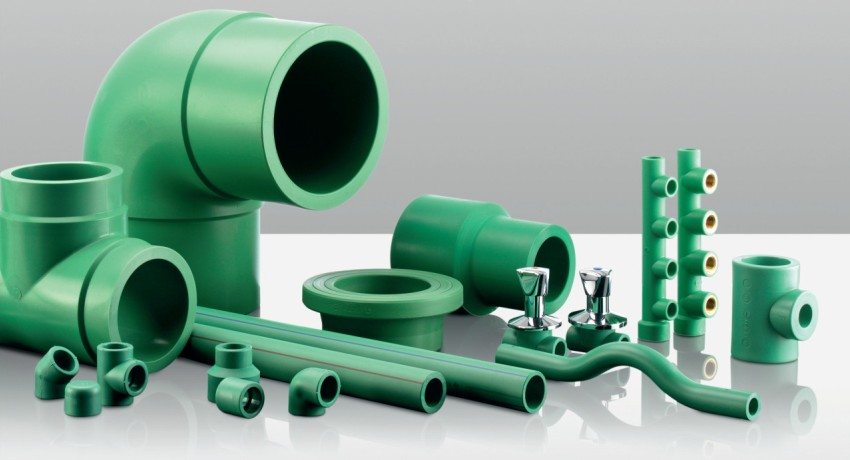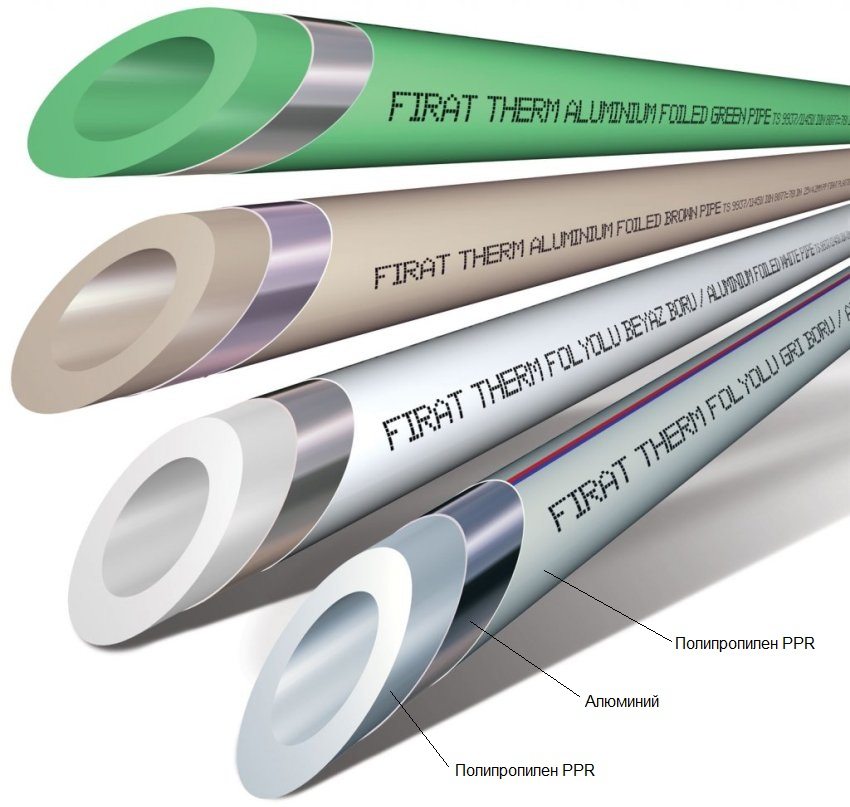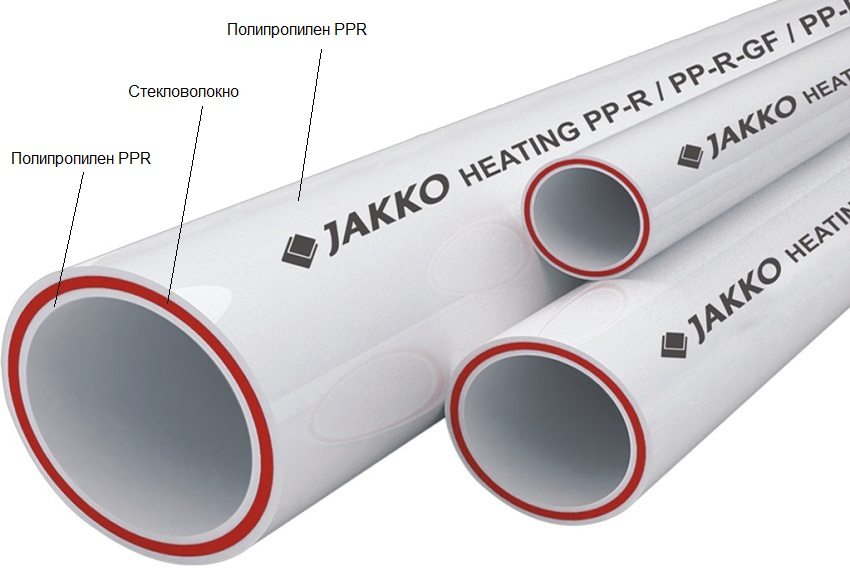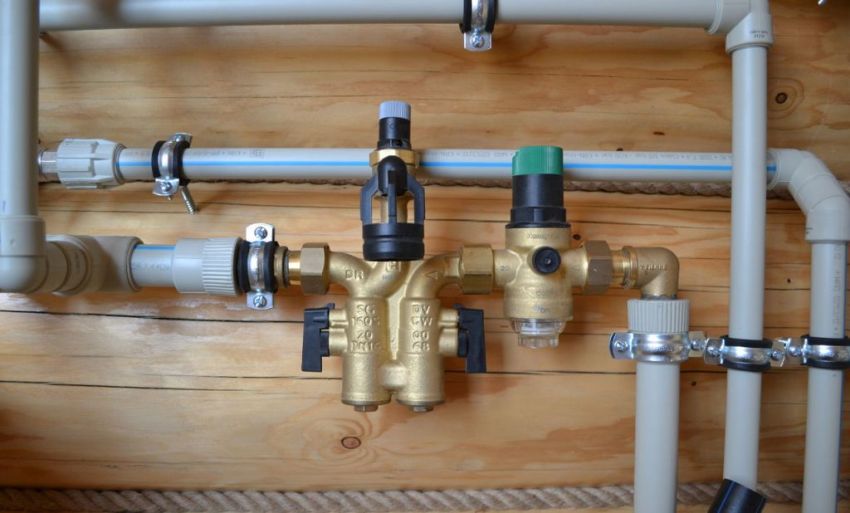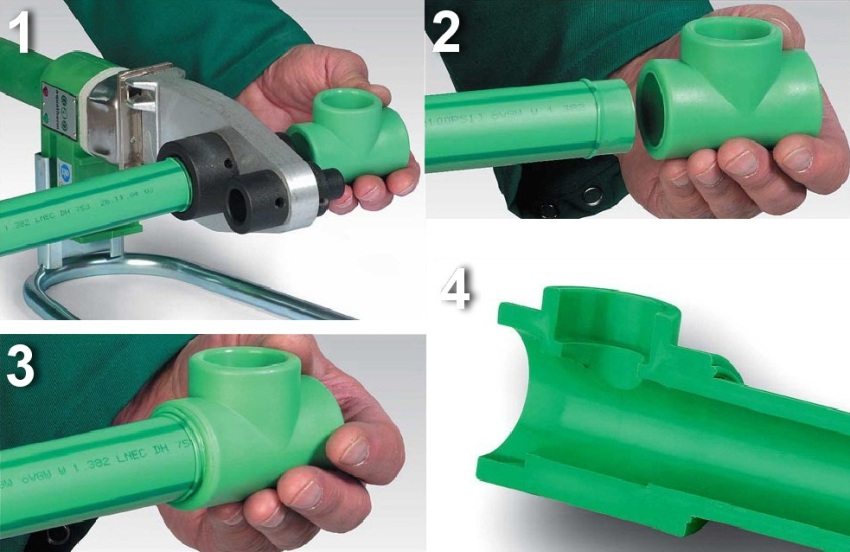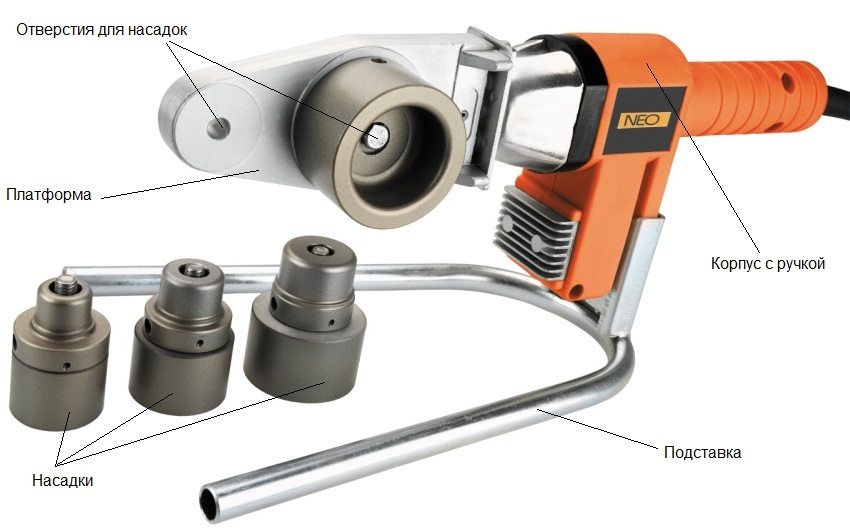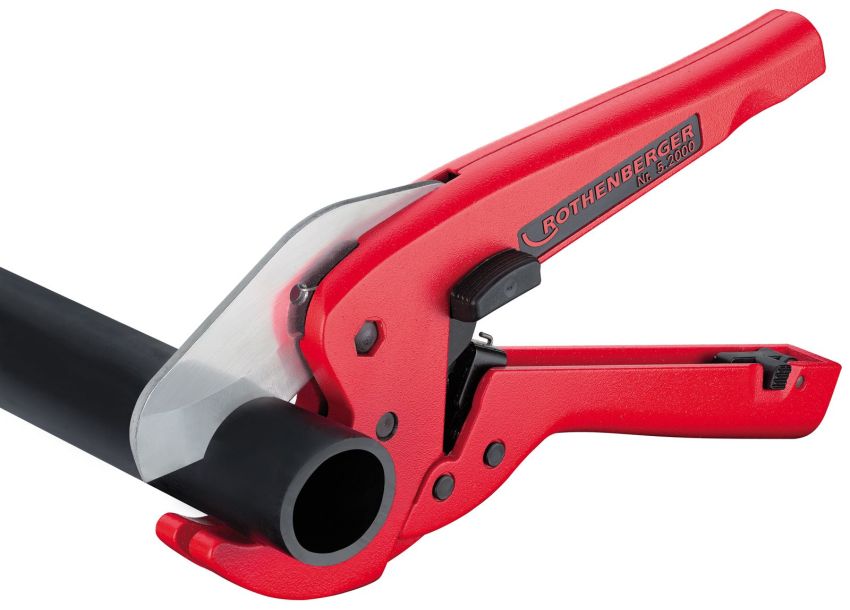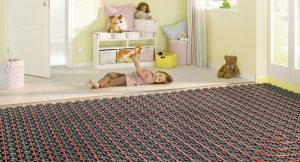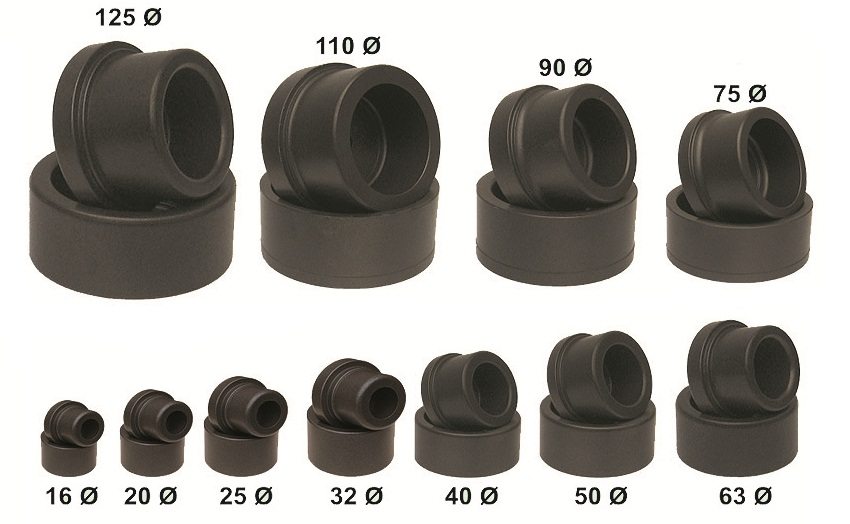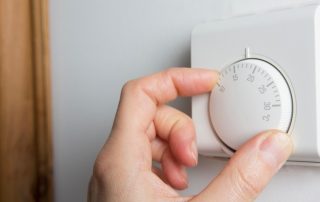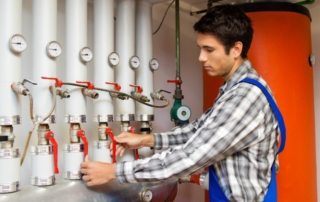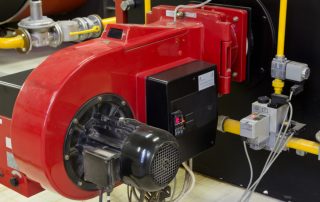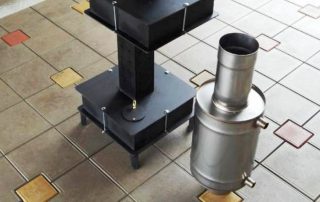In this article we will try to figure out how to choose polypropylene pipes for heating. To do this, you need to clearly understand what polypropylene is and what properties pipes made of it have. What types of pipe products exist and what are their consumer qualities. It should also dwell on the method of mounting polypropylene using a soldering iron for polypropylene pipes. How to choose this device correctly - you also need to know.
Content
Features of polypropylene pipes and restrictions imposed on them
Polypropylene, like many other polymers, is a thermoplastic, that is, a material that, within a fairly wide range, changes its physical characteristics depending on temperature. In particular, when it reaches 140 degrees, polypropylene becomes much softer, and at 175 it simply melts. For this reason, it is important to remember that the maximum that any product made of this material can withstand in conditions of long-term operation is 120 degrees, although manufacturers, for the sake of reinsurance, indicate a temperature not exceeding 95 degrees.
Polypropylene, with its too high rate of thermal expansion, creates the problem that when heated to 80 - 90 degrees, a three-meter pipe section becomes as long as 3 cm.
Useful advice! When installing pipelines polypropylene heating the thermal expansion of the material must be taken into account. This means that the pipes should not be against the walls. Leave a few centimeters behind.
In conditions of extremely low temperatures in the north, the coolant can heat up above 100 degrees, which, combined with a pressure of 6-7 kg / cm², can lead to mechanical rupture of pipes and a serious accident. For those regions where the climate is temperate or warm, the use of polypropylene pipes has no restrictions.
How to choose polypropylene pipes for heating
Today, for the installation of heating systems, pipes reinforced with fiberglass or aluminum are mainly used. Thanks to these materials, the coefficient of thermal expansion is reduced. In addition, the installation of such pipes is more convenient, since cleaning with a shaver is not required. The fiberglass fiber is fused into the polypropylene and there are no layers. This circumstance does not allow the pipe material to delaminate.
Useful advice! Reinforcement significantly reduces thermal expansion, but does not completely remove it.Therefore, it is recommended to supply long straight sections of the pipeline with U-shaped expansion joints or pipe turns.
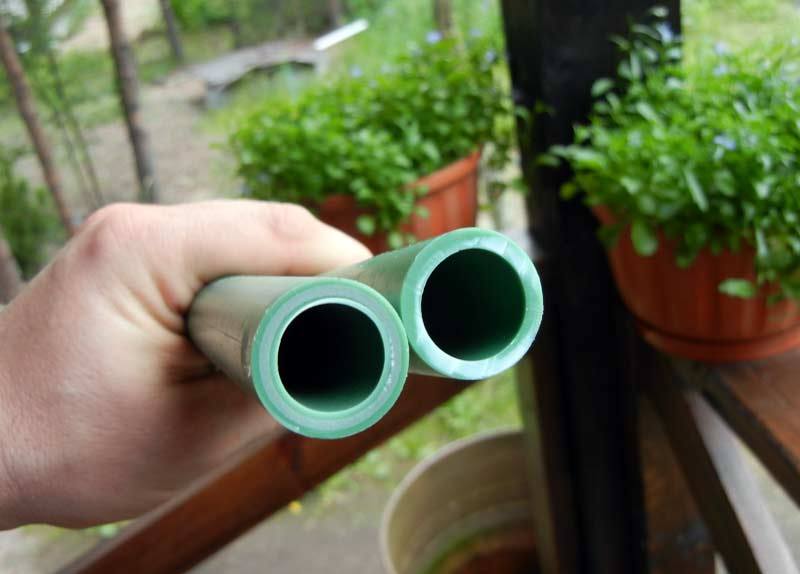
When choosing a pipe for heating, pay attention to the marking - it contains the maximum allowable pressure and temperature
What are the criteria for making a choice
In order to make the right choice of pipes for the installation of a heating system, we need a good understanding of their marking and the corresponding parameters. Working pressure is one of the main indicators. It is customary to indicate it in the pipe marking immediately after the letter combination PN. For example, PN20 means that this pipe is intended for use at an operating pressure of 20 atmospheres and a temperature of 20 degrees. In this case, we mean not the peak pressure indicators, which can be several times higher than the indicated ones, but the maximum long-term operating pressure indicators.
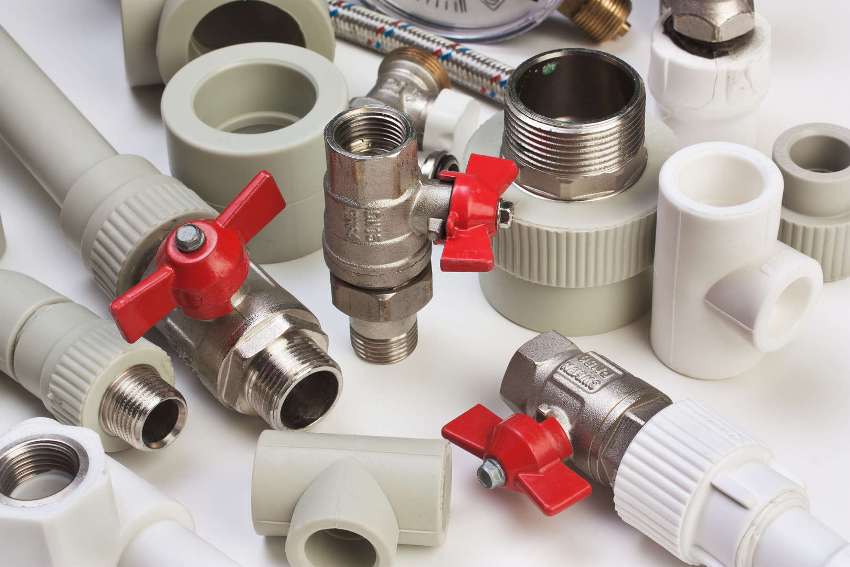
Fittingused for the installation of polypropylene pipes
If we talk about how to choose polypropylene pipes for heating, then it would be preferable to use PN25 pipes for these purposes. Indeed, with an increase in the maximum temperature of the coolant, the tensile strength indicators of polypropylene pipes are significantly reduced. This circumstance leads to the fact that at 900 ° C the limit of tolerated pressure for a product marked PN20 is far from 20, but about 6.5 kg / cm². This is acceptable, but less desirable, as a sudden increase in pressure in the heating system can lead to an accident.
Temperature indicators should be in the pipe marking in an explicit form or in the form of an indication of the possibility of using it in heating systems (hot & cold). As mentioned earlier, pipes for heating must be reinforced. Whether it's made with fiberglass or foil, it doesn't matter.
Diameter of pipes and their manufacturers
You also need to know what diameter polypropylene pipes should be chosen for heating. As a rule, inside the apartment the cross-section of the polypropylene pipe should not be less than the cross-section of the risers. In both cases, we are talking about an internal section. Therefore, it must be taken into account that the wall thickness of polypropylene pipes is slightly larger than that of similar steel water pipes. Based on the foregoing, it is proposed to use 26-mm pipes in Khrushchev and newer houses, in Stalinist houses - 32. When installing a heating system in a private house with any type of wiring, pipes from 32 to 40 mm in diameter are used, and radiators (heating batteries) they are cut through a pipe of 20 or 26 mm.
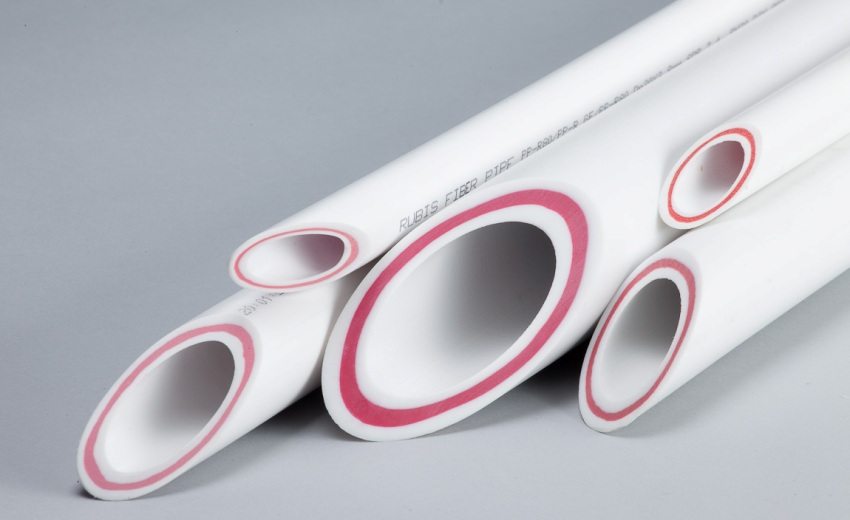
Most often, polypropylene pipes with a diameter of 20, 26, 32 and 40 mm are used for the installation of a heating system.
The manufacturer is of great importance when choosing polypropylene pipes. Here the undisputed leadership remains with the German companies: Akwatherm, Banninger, Rehau, Wefatherm. Some Czech brands are not far behind them in the rating: FV-Plast, Ecoplastic. Somewhat cheaper products from Turkish manufacturers with a fairly good quality. You should probably look at the products of Pilsa, Kalde, TEBO, Firat, Vesbo and Jakko. Among the manufacturers from China, you can stop at Dizayn and Blue Ocean. Russian options are inexpensive, but they also deserve attention: Politek, PRO AQUA, Heisskraft, RVK, Santrade.
When choosing polypropylene pipes, you must not overlook the issue of purchasing a tool for installing heating from them. Perhaps the main link here is the soldering iron.
How to choose a soldering iron for polypropylene pipes
The assembly of any pipeline using polypropylene is carried out by welding. All pipe sections of the required length are connected into a system of the required configuration using special fittings. They are selected in accordance with the size of the selected pipes.
Useful advice! It is necessary to buy connectors and pipes from one company.In this case, there will be no problems with joining the parts, and the melting point will be identical. After all, both overheating and underheating of various elements negatively affect the connection, which threatens to rupture in this place of the system.
For a tight and hermetic connection with fittings, pipes and these parts are heated to the melting point of polypropylene. This is done with special soldering irons. Sometimes they are also called irons or welding machines. How to choose a soldering iron for polypropylene pipes should be said separately.
What are the soldering irons
Such welding machines can be supplied separately or complete with the necessary attachments, scissors for cutting pipes, gloves, a building level and a tape measure. All of this can be stored in convenient plastic or metal suitcases. Such sets are completed in metal or plastic suitcases.
An important characteristic of polypropylene welding irons is their power. Here you do not need to chase heavy-duty expensive devices, since you simply will not need them if you are designing an apartment heating, where there are no pipes with a diameter of more than 50 mm. For household purposes, it will be enough to purchase a soldering iron with a capacity of 600 to 800W. You can navigate when buying by the attachments that come with the device. Their diameter corresponds to those pipes that the device can solder.
Related article:
|
When choosing a soldering iron, great importance should be given to a thermostat. The quality of the resulting welding depends on the accuracy of its calibration and the ability to "keep" an even temperature. This circumstance is especially important for beginners, since experienced craftsmen do not need any tips from the device, they are guided by their feelings and intuition. Those who are just learning to solder should adhere to all standards. For this reason, it is better to purchase a soldering iron with smooth temperature control.
If you are a beginner and you are worried about how to choose polypropylene pipes for heating, then it is worth purchasing branded time-tested products with accompanying documents. They have all the characteristics of pipes, and most importantly, the melting point. This information will help you correctly set the thermostat on the soldering iron, depending on the diameter of the pipes and fittings, which will make the seam of high quality and completely safe to use.
How to choose polypropylene pipes for heating (video)
